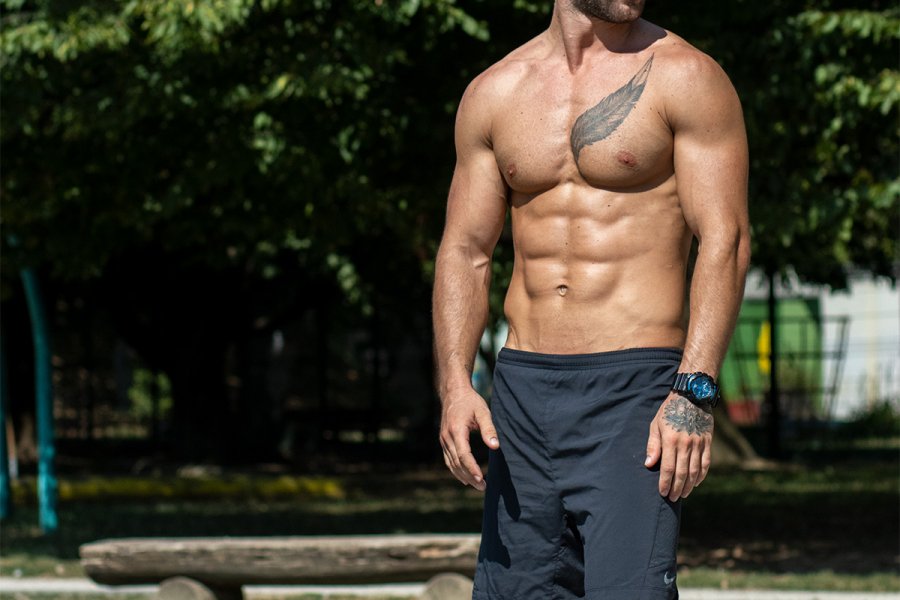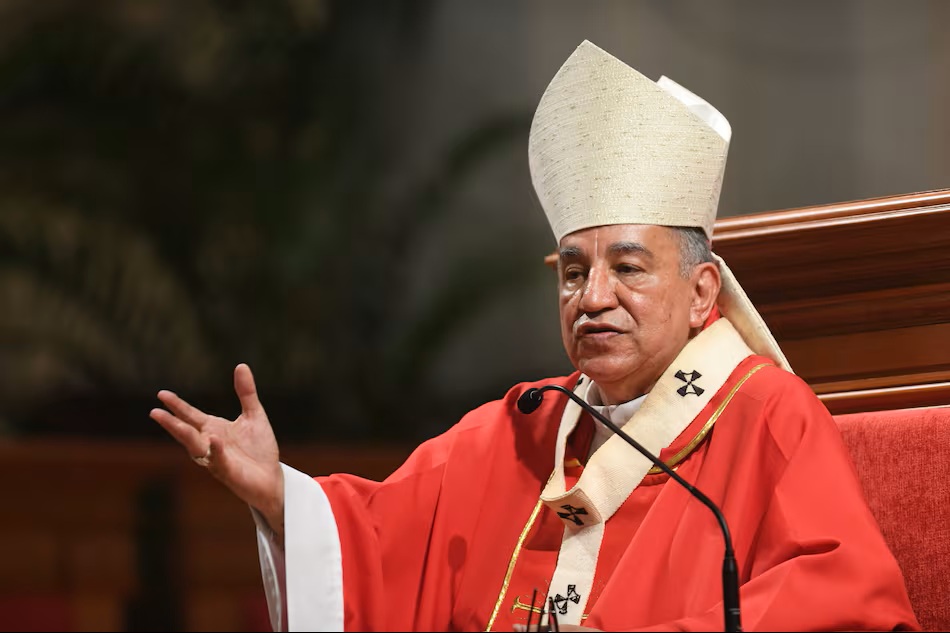Post-Cycle Therapy (PCT) for Athletes

Within the strength sports and physique culture, people often discuss post-cycle therapy as if it were a single, fixed plan. In reality, PCT is a set of principles designed to help your body transition from a performance-enhancing cycle back to baseline, while protecting health and retaining as much progress as reasonably possible. The context matters — goals, training age, and whether you compete under anti-doping rules all influence what “good PCT” looks like.
This article focuses on general education for athletes in Europe. It is not medical advice; it does not propose protocols or doses. Instead, it explains the why and the how of recovery, the typical moving parts, and the traps that catch people out.
What PCT is Trying to Achieve
After a cycle, priorities usually line up as follows:
- Restore normal hormone signalling (especially the hypothalamic-pituitary-gonadal axis).
- Maintain training performance while managing fatigue.
- Safeguard markers of health (lipids, liver and kidney function, blood pressure, mental health).
- Avoid abrupt lifestyle swings that undo months of intelligent work.
People often describe this overall process as post-cycle treatment. In PCT bodybuilding, the emphasis is on maintaining lean mass and strength while the endocrine system regains its balance. For team-sport athletes, the emphasis may lean towards conditioning and availability (turning up healthy and ready to train), with less focus on scale weight.
How Recovery Works
During a cycle, external androgens and related compounds can suppress the body’s own production of certain hormones. When the cycle stops, the body needs to reawaken that system. Early in the transition, training can still be challenging, appetite may fluctuate, sleep patterns can be inconsistent, and mood can be unpredictable. PCT is the scaffolding that supports you through that window.
To support recovery and overall wellness during that transition, Evogen Nutrition offers supplements formulated to help with muscle rebuilding, hormone support, and performance maintenance while your body readjusts.
A common question about PCT after steroids. There isn’t a single answer because people, compounds, and cycle lengths differ. However, most sensible approaches point towards three broad pillars:
- Support the signalling that restarts endogenous hormone production (the “on switch”).
- Manage oestrogen dynamics sensibly, not aggressively.
- Maintain consistent and straightforward training, nutrition, and sleep routines.
Typical Building Blocks (without Doses or Blueprints)
You will see market terms like post-cycle therapy supplements and PCT supplements used widely. Categories often discussed include selective estrogen receptor modulators (SERMs), aromatase inhibitors (AIs), where appropriate, and supportive health products (for example, omega-3s, general micronutrients, and sleep hygiene tools). Some athletes also focus on cardiovascular conditioning to help lipids rebound, as well as structured deloads to steady fatigue. None of these are magic; the programme around them matters just as much.
What about post-cycle testosterone recovery? Recovery is not a button you press; it’s a trend you create. Well-timed blood tests, conducted under the guidance of a clinician, provide the only reliable indication of how recovery is progressing. Subjective signs — such as morning alertness, training drive, libido, and pump in the gym — can be useful, but they are not substitutes for objective data interpreted by a professional.
Training and Nutrition During PCT
A smart PCT phase looks boring on paper, and that is a compliment. Keep movements you can perform well, even when motivation dips. Workloads should be challenging yet manageable. Think steady, progressive work, not novelty for its own sake.
Nutritionally, aim for enough protein to protect lean tissue, sufficient carbohydrates to fuel training, and a moderate fat intake that does not wreck appetite or lipids. Hydration and fibre are easy wins during times when the body is readjusting. Many athletes in Spain or Italy, for instance, lean into Mediterranean-style patterns — plenty of plants, legumes, oily fish — which naturally support cardiometabolic health.
Safety, Testing, and Legality
Across the EU and neighbouring countries, rules regarding the acquisition or possession of prescription-only medicines vary and can be strict. Anti-doping frameworks (e.g., national agencies aligned with the WADA Code) also carry clear consequences for the use of prohibited substances in and out of competition. If you participate in a tested sport in Germany, Poland, or Ireland, for example, seeking medical guidance early is not optional; it is the correct course of action. If you are not competing, you still owe it to yourself to have a conversation with a qualified clinician before and after a cycle, including appropriate lab work.
Nothing in this article recommends or encourages the non-medical use of any substance. It is an educational overview of PCT concepts only.
Common Mistakes Athletes Make in PCT
Below is a concise checklist of pitfalls that repeatedly appear. (It is intentionally brief and non-prescriptive.)
- Treating PCT as a miracle fix rather than a structured transition with conservative training and consistent sleep.
- Guessing instead of testing — no baseline bloods before the cycle, no follow-up during recovery, then wondering why progress feels random.
- Overcorrecting oestrogen with heavy-handed measures can make recovery slower and training feel worse.
- Chasing scale weight at all costs can lead to bloating, poor lipid levels, and reduced work capacity.
- Swapping a stable routine for novelty — new split, new diet, new supplements — so you cannot tell what helped or hurt.
- Ignoring mental health: mood swings and low drive are common in transition; proactive support is a strength, not a weakness.
Best PCT
The best option is the one matched to your timeline, how suppressive the cycle was, your health status, and whether you are subject to doping controls. Someone ending a brief, moderate cycle has a different risk-reward profile from someone ending a long, complex one. The principle to keep in mind: PCT should be proportionate and reviewed with data, not copied from a random forum post.
This is also why questions like “what is the best post-cycle therapy” cannot be answered with a single product or fixed calendar. Instead, think in phases: allow clearance, support signaling, train consistently, use track markers, and adjust — ideally with a clinician who knows sports medicine.
Where to Learn More (and a Note on Responsibility)
Educational resources can help you understand terminology and common decision points, but they do not replace the need for medical judgment or local law. If you are reading about post-cycle therapy supplements, remember that “supplements” range from basic nutrition products to prescription-only medicines in some jurisdictions. Always check your national regulations and seek professional advice before taking any action.
For product information and educational materials from a specialist retailer, you can refer to the Driada Medical official website.
This mention is informational only, not an endorsement, and any action you take should comply with your country’s laws and with medical guidance.
FAQ
What is PCT in plain terms?
If you have wondered what PCT is, think of it as the period after a performance-enhancing cycle where you help your body switch back to its own hormone production, keep training productive, and protect health. It is a framework, not a single pill or protocol.
What is the difference between “PCT” and “post-cycle treatment”?
None in everyday use. Athletes use both PCT and post-cycle treatment to describe the same transition period. The key is to match the approach to your context and track recovery with sensible markers.
What is a good PCT after steroids?
Generally, you want three things: timing that respects clearance, support for endogenous signaling, and a conservative training/nutrition regimen that you can sustain. The exact shape should be agreed upon with a qualified clinician who can interpret your lab results and medical history.
What is the best post-cycle therapy?
The best approach is proportionate to how suppressive the cycle was, your health status, and whether you are in a tested sport. Sensible PCT is measured by outcomes — stable mood, recovering bloods, consistent training — not by how complicated it looks.
Do I need supplements in PCT?
You will see terms like PCT supplement and post-cycle therapy supplements everywhere. Some categories are widely discussed (e.g., SERMs under medical care or basic nutrition products), but supplements cannot replace sleep, a balanced diet, and regular training. Think of them as accessories to a plan, not the plan itself.
How long does post-cycle testosterone recovery take?
There is no single timeline. Post-cycle testosterone recovery covers a spectrum — from a few weeks to several months — depending on the person and the cycle. Only structured follow-up with a clinician and repeat laboratory tests can determine how your recovery is progressing.
Is there a universal best PCT cycle after steroids?
No. A good PCT is patient, measured, and matched to your situation.
________________________________________________________________________________________________________________
Advertisements placed in our Guest Contribution sections are in no way intended as endorsements of the advertised products, services, or related advertiser claims by NewsroomPanama.com, the website’s owners, affiliated societies, or the editors. Read more here.





